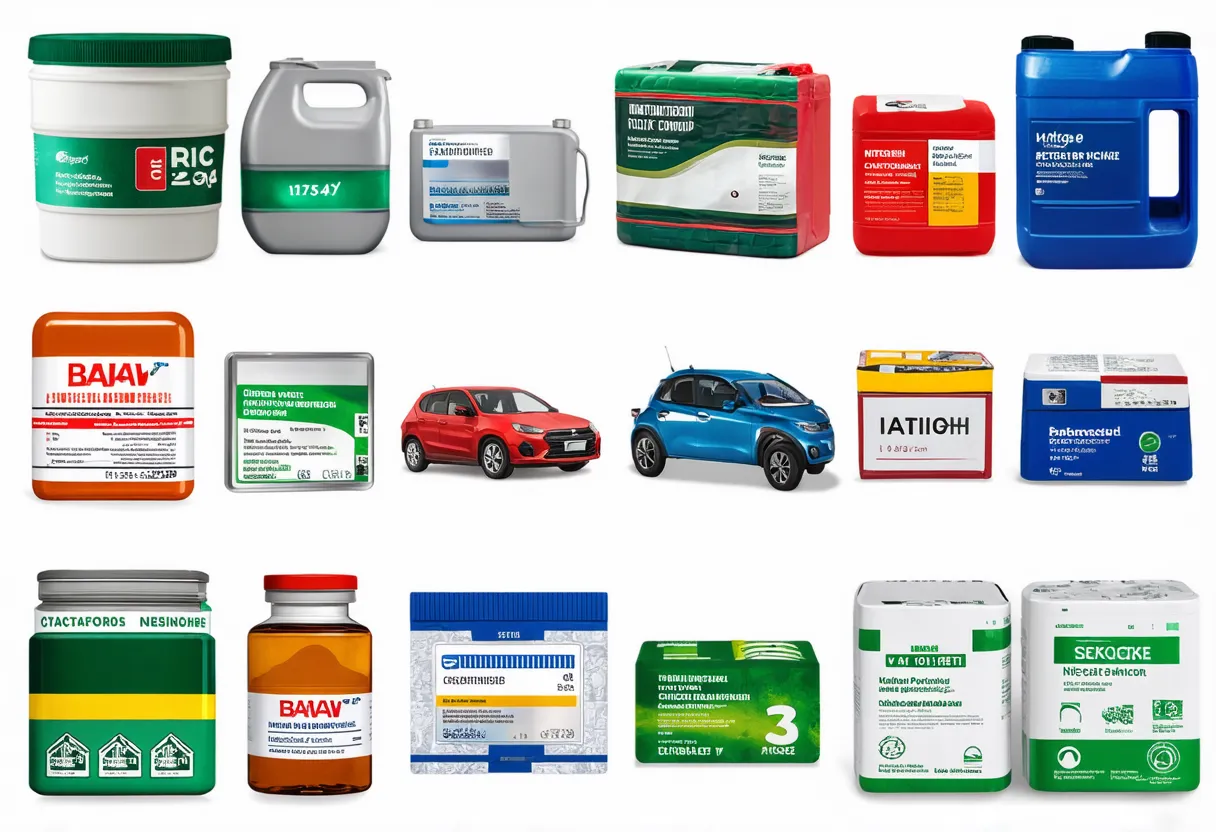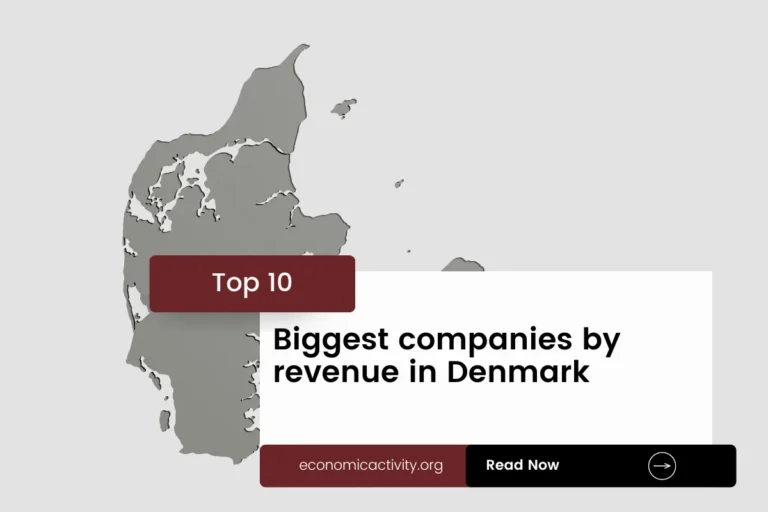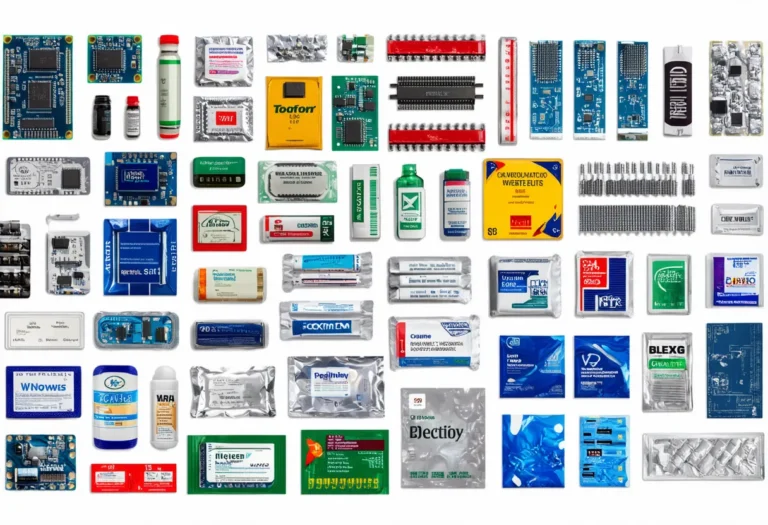Slovenia, with a population of 2,111,986, is ranked 141st in the world, just behind Lesotho. Located in Central Europe, it spans 20,480 square kilometers, ranking 144th globally, slightly smaller than El Salvador.
Slovenia’s economic position in 2022 is notable, with a GDP of $60,063,475,466.34, ranking 86th globally. It is closely behind Myanmar, which has a GDP of $62,263,466,263.74. In terms of GDP per capita, Slovenia ranks 40th with $28,439.33. It lags behind Spain, which has a GDP per capita of $29,674.54.
Despite its relatively lower ranking, Slovenia’s economy shows promise with steady growth and potential for further development in the coming years.
What are the economic activities of Slovenia?
- Primary activities: 1.8% of GDP.
- Secondary activities: 32.2% of GDP.
- Tertiary activities: 65.9% of GDP.

Primary Sector of Slovenia
Slovenia’s primary sector, particularly agriculture, thrives due to its diverse climate and abundant natural resources. Approximately 30% of the country’s land is dedicated to agriculture, with a focus on producing a variety of products such as milk, maize, wheat, barley, grapes, chicken, potatoes, apples, beef, and pork. Although agriculture contributes 1.8% to the GDP, it plays a crucial role in the economy.
The sector provides employment, supports rural communities, and ensures food security. The wide range of crops and animal products highlights the significance of Slovenia’s agricultural sector, showcasing its resilience and importance in sustaining the country’s food production and economic stability.
Slovenia’s diverse geology provides abundant natural resources, including lignite, lead, zinc, building stone, hydropower, and forests. These resources drive the economy through mining, construction, energy production, and forestry industries, contributing significantly to the country’s economic growth and sustainability.
Slovenia’s gas production remains modest, with 4 million m³ in 2020, ranking 99th globally. This sector supports energy independence and economic stability.
Secondary Sector of Slovenia
What is the secondary sector or what are secondary activities?
The secondary sector involves industries that transform raw materials from primary activities into finished products for consumption. In Slovenia, main industrial products include ferrous metallurgy, aluminum products, lead and zinc smelting, electronics, trucks, automobiles, electric power equipment, wood products, textiles, chemicals, and machine tools.
Manufactures play a crucial role in Slovenia’s total exports, accounting for 86.18% in 2023. This highlights the significance of the manufacturing sector in driving the country’s economy and trade.
Tertiary sector of Slovenia
What is the tertiary sector or what are tertiary activities?
The tertiary sector in Slovenia encompasses various services that contribute to the economy through knowledge and time. Key activities include restaurants, healthcare, education, banking, communication, media production, tourism, and transportation. These services provide intangible goods like expertise, information, and experiences to meet consumer and business needs, driving productivity and performance in the country’s economy.
Of particular importance, Slovenia’s tourism industry plays a pivotal role in its economy, contributing significantly to its GDP. With an impressive 4,702,000 annual arrivals, equating to 2.2263 tourist arrivals per capita, popular destinations like the charming Ljubljana and the stunning Lake Bled attract visitors from around the globe, bolstering the country’s economic growth.
Another example of tertiary economic activity is the mobile cellular sector, with approximately 2.7 million subscriptions, supporting technological growth by enhancing connectivity and fostering innovation across various industries.
Military Activities and Economic Sectors of Slovenia
The military is a great example of how different economic activities work together. The primary sector helps by providing resources needed for military use. The secondary sector is important because it manufactures military equipment. The tertiary sector includes various services the military offers, while the quaternary sector focuses on research and development. Finally, the quinary sector involves high-level decision-making and strategy for military operations.
In Slovenia, the military expenditure for 2023 is $907.5 million, which is 1.19% of the country’s GDP. The active military force consists of 7,250 personnel, resulting in about 7 active military members for every 1,000 people in the population.
International Trade of Slovenia
Import Activities of Slovenia

Slovenia’s high import activities, accounting for 91.88% of GDP, are crucial for economic growth, industry development, and meeting consumer demands.
Slovenia’s key imports include packaged medicine, nitrogen compounds, refined petroleum, cars, and electricity. Its main import partners are Switzerland (17%), China (11%), Italy (10%), Germany (10%), and Austria (7%).
Exports Activities of Slovenia

Slovenia’s total exports in 2023 amounted to $59,506,954,977.68, representing 94.15% of its GDP. Export activities are of utmost importance, driving the country’s economy significantly.
Slovenia’s export activities are diverse, with packaged medicine, cars, refined petroleum, electricity, and vehicle parts being key commodities. The country’s top export partners include Switzerland, Germany, Italy, Croatia, and Austria, with Switzerland accounting for the largest share at 18%.
Slovenia economy challenges in 2024
Slovenia, a high-income EU member, faces challenges in 2024. Despite high human capital and government spending, it struggles with health infrastructure and economic disparities. Key investments from Croatia and a focus on technology and finance aim to address these issues.




Leave a Reply